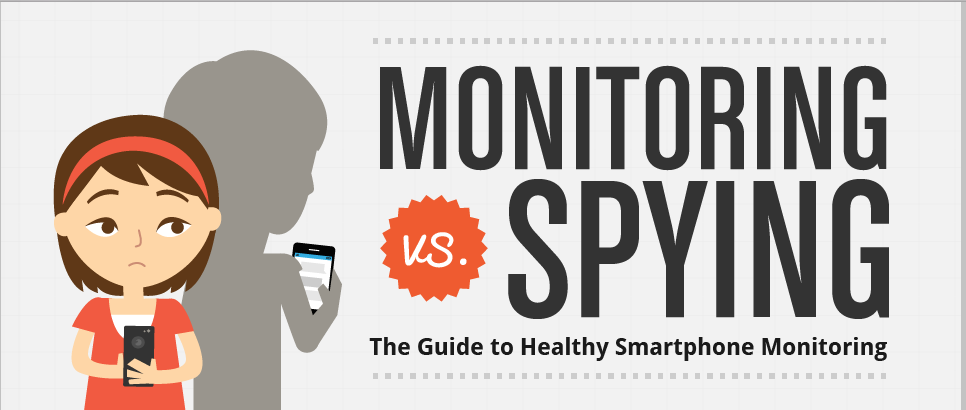The Difference Between Monitoring vs. Spying on Your Children
by Hilary SmithRaising children is no easy feat, especially when we are supporting family members with borderline personality disorder. It’s no secret that our sons and daughters are potentially more susceptible and vulnerable to certain dangers and we strive to prepare our kids to handle what life will throw at them: peer pressure, stressful environments, new situations, and friendships.
Unfortunately, the world we live in is constantly updating with new digital advances, programs, and devices. Our children flock to handheld devices (like tablets and Smartphones), because they allow access to a world of ideas and instant communication with their friends. While cell phones and other wireless technology offer our kids an easy way to interact with peers, these advancements can harbor a frightening world of cyberbullies, online predators, and oversharing. As technology evolves, we need to adapt our parenting skills to include digital safety.
Making Rules In A Digital WorldHaving rules and limits are extremely important when dealing with a child with borderline personality disorder. However, the unlimited connectivity our kids’ devices offer make this difficult when it comes to technology. If left unchecked, the Internet and social media sites can become a playground for heartache and digital aggression.
For parents of teens and adolescents, researchers recommend that families institute contracts to help children know the expectations and consequences for using technology. Include the children in this process of designing a contract to begin healthy dialogues about what is and is not appropriate uses for technology. By proactively outlining the boundaries for cell phones, social media, games, and the Internet you can prevent future disagreements and problems from arising.
Being In The Know: Monitoring A Child’s ActivityAnother favored approach by many experts is monitoring a child’s activity. This technique can take many forms, but the main idea is for parents to know how a child is behaving online or with their phones. Knowing a child’s contacts, friends, sites visited, and passwords will allow you to stay alert and aware of any festering situations that are developing before they spiral out of control.
Monitoring can take many forms, but the main idea is for parents to know how a child is behaving online or with their phones. We need to be involved and take advantage of our kids’ love of technology to stay alert to gain peace of mind in a frightening world of selfies and disappearing messages.
For more information on healthy monitoring please click on the photo to read the attached infographic:
 bpdfamily.com/message_board/images/mb/monitoringvspying02.pngHillary Smith was born and raised in Austin, TX. She is a free-lance journalist whose love of gadgets, technology and business has no bounds. After becoming a parent she now enjoys writing about family and parenting related topics.
bpdfamily.com/message_board/images/mb/monitoringvspying02.pngHillary Smith was born and raised in Austin, TX. She is a free-lance journalist whose love of gadgets, technology and business has no bounds. After becoming a parent she now enjoys writing about family and parenting related topics.




